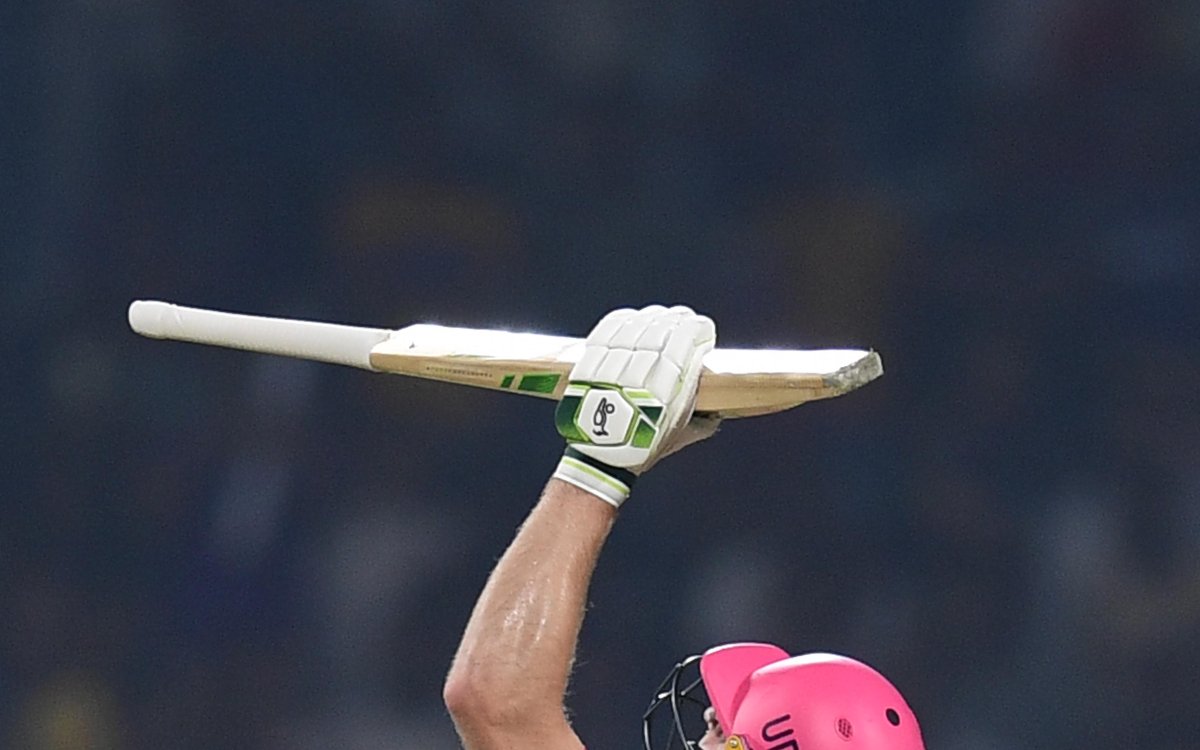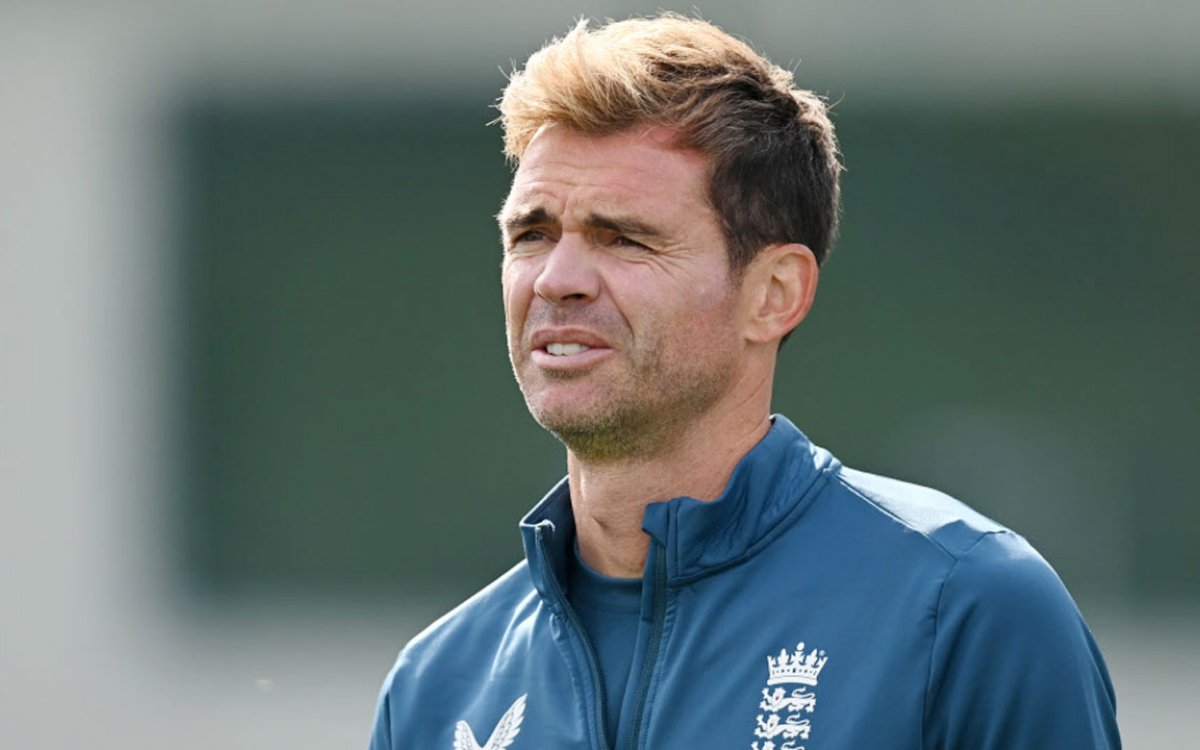T20 World Cup: Australian all-rounder Cameron Green stood confidently on the brink of the T20 World Cup 2024, brimming with the belief that he could fill a variety of roles for Australia. Green’s confidence was hard-earned, forged in the high-stakes environment of the Indian Premier League (IPL), where he had recently concluded a stellar stint with the Royal Challengers Bengaluru (RCB).In RCB’s late surge into the playoffs, he delivered crucial performances, finishing with scores of 37*, 1, 46, 32*, 38*, and 27. Although he predominantly batted at No.4 to No.6, Green had shown his adaptability by stepping up to No.3 in the final match when Will Jacks was unavailable.
The evolution of Green’s batting under the guidance of RCB’s batting coach, Neil McKenzie, had not only honed his skills but also bolstered his confidence.
“I think that’s the beauty of what I’ve been exposed to in the last few years, there’s never been a really consistent spot to really lock in but at the same time I’m pretty thankful for that,” Green told reporters on Tuesday. “Feels like I can jump in at many different roles, [I] think that’s where I see myself this tournament, maybe plugging holes in the team. It’s a pretty good team to get into. Wherever I got told I’m playing [I] think I’ve got a bit of confidence and an idea of where to bat anyway,” he said.
Green’s insights into the different demands of batting positions are profound. “It’s pretty different when you bat up [in] the top [order], two fielders out at the start, you can play pretty proper cricket. Maybe it took me a while to really work out how to go about it [in the middle order]. You can still give yourself 10 balls to kind of get yourself in, where sometimes when you are inexperienced, it doesn’t feel like you have 10 balls.”
As the T20 World Cup approached, Green knew that making the starting XI wouldn’t be straightforward. He might have to outshine seasoned players like Marcus Stoinis, but Australia’s strategy was flexible, with the possibility of playing eight batters if conditions demanded.
In such a setup, Green’s bowling would be crucial. His IPL experience had taught him to handle pressure, finishing with an impressive economy rate of under nine.
Green’s journey to this point had been meticulously managed by Australia, especially after a taxing 2023. The transition from IPL to the Test tour of England had been challenging, leading to a temporary loss of his place in the Test side.
However, his resilience shone through when he was recalled against the West Indies following David Warner’s retirement. Instead of playing T20Is against New Zealand, the selectors had him focus on Sheffield Shield cricket, a decision vindicated by his magnificent 174 not out in Wellington. “I’ve definitely noticed [the difference], this is probably the most prepared I’ve been for some sort of tour,” he said. “You always move from a Test tour into a T20, a T20 into a Test tour so it’s pretty extreme but that’s the beauty of the IPL this year is you actually got some unbelievable practice leading into this.
“It’s a fine balance, seeing if you can prioritise some sort of tournament before others. With that T20 [series against New Zealand] we had the IPL after so they thought maybe more beneficial to stick with red-ball cricket for that summer, but that will chop and change,” he added.




